Intel unveils 2014 Atom smartphone/tablet chip line-up
22nm Merrifield and Moorefield processors feature revamped architecture and support for 64-bit apps.
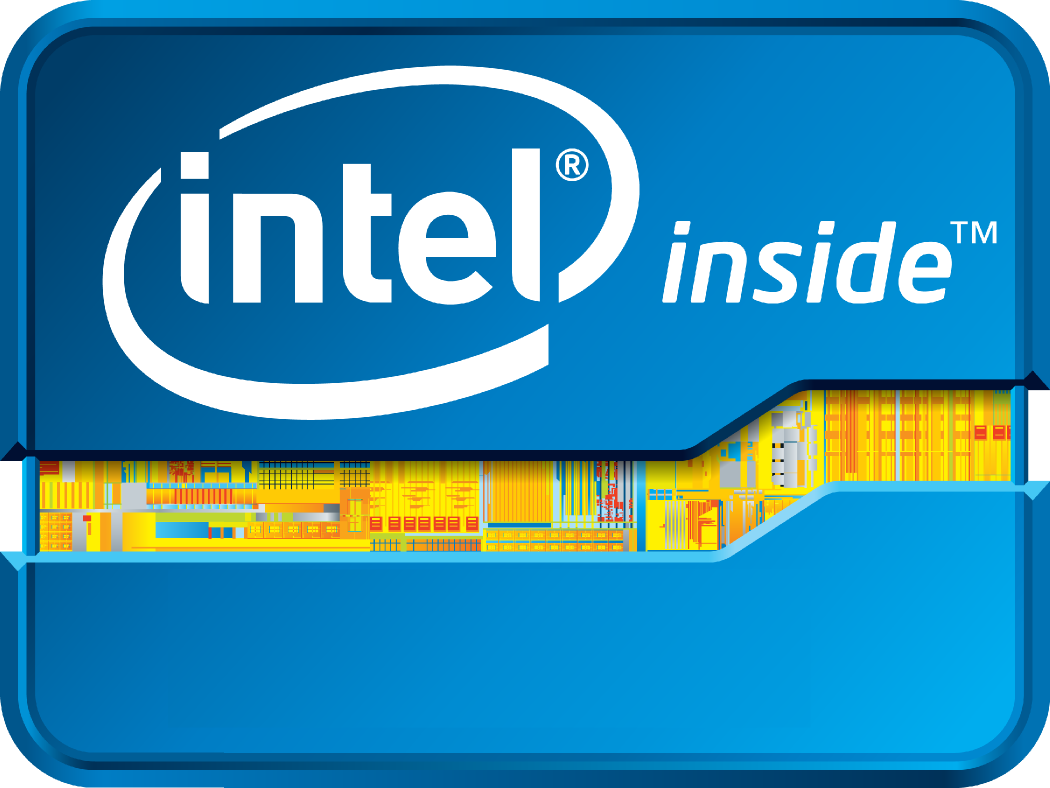
Intel continues to fight its way into the mobile market, with the firm confident its forthcoming 4G modem and Atom chips will help it break ARM's stranglehold.
The dual-core Merrifield (early-2014) and quad-core Moorefield (late-2014) ranges will be manufactured using the 22nm process. Intel has used its latest Silvermont CPU architecture, and added out-of-order executions and 64-bit support to boost application performance.
The Atom chips will also support 4G speeds of up to 150Mbps when paired with Intel's discrete modems.
Going forward, Atom chips will have low powered sensors integrated. This will allow devices to provide apps with motion, gestures, audio and location data without draining the battery.
Another key feature is the inclusion of a dedicated Video Signal Processor (VSP). This will allow devices to carry out post processing and frame rate scaling allowing them to show up to 60fps. The Moorefield chip will be able to support screens with resolutions up to 2500 x 1600.
At MWC, Hermann Eul, VP and GM of the mobile comms group at Intel confirmed that Asus, Dell, and Lenovo have signed multi-year agreements to use Atom chips in tablets and smartphones. HP is also using the quad-core variant in its 10in ProPad. Products with Intel's Merrifield chip are tipped for release in the second quarter and Moorefield devices are expected in later in 2014.

Eul added that Intel wants to increase its mobile share by "four times" during 2014. Key to this strategy is multi-OS support, design wins (over 87 tablets) and the ability to cover all segments from entry-level $99 devices through to high-perfomance devices over $400.
Get the ITPro daily newsletter
Sign up today and you will receive a free copy of our Future Focus 2025 report - the leading guidance on AI, cybersecurity and other IT challenges as per 700+ senior executives
Benchmarks
During a pre-brief session with journalists, Intel was keen to show off the performance and power benefits of its Atom chips compared to ARM-based alternatives from Apple and Qualcomm.
Matt Dunford, worldwide client benchmark manager at Intel, showed off a range of slides detailing the Atom's performance and battery life compared to the Snapdragon 800 and Apple A7 chips. A Merrifield chip provided performance increases between 14 - 34 per cent in web browsing, video editing and gaming compared to chips found in the iPhone 5s and the Samsung Galaxy S4.
The true performance of the 2014 Atom range will only become clear once Intel's rivals showcase their latest products. Dunford remained optimistic about how the Atom chips will stack up against the refreshed Snapdragon and A-series processors, though.
"There's two ways of looking at the world. There's looking at the world according to benchmarks and looking at the world of how people actually use their devices," he told journalists during the pre-brief session.
"The vast majority of software will not benefit from more than two-cores, so really more than two-cores is somewhat of a marketing spin at this time. But having said that we have an option for people who demand more than two cores."
Intel pushes 4G
Intel's wireless department has been working overtime to try and get Intel up-to-speed in the 4G space. With the release of its Intel XMM 7260 LTE Advanced modem, the chipmaker has set an ambitious target of becoming the number two player in this market by the end of 2014.
Features of the XMM 7260 include the ability to support up to 22 bands on a single skew, allowing OEMs to more efficiently deploy devices worldwide. It's also got the ability to support a theoretical speeds of up to 300Mbps.
Unlike Qualcomm, Intel has yet to integrate 4G connectivity directly into Atom chips, but it does not see this as a disadvantage.
"It will not be an impairment. Most of the OEM's have chosen a discrete [4G] modem for good reason. The power efficiency and performance of the platform with its architecture is world class. Some [OEM's] are betting designs on it," explained Pierre Herve, director of product planning at Intel.
"The integration comes when you go [into] the lower segment for which we've got architecture called SoFIA."
Devices using the XMM 7260 LTE Advanced are expected to be on the shelf in Q2 2014.
-
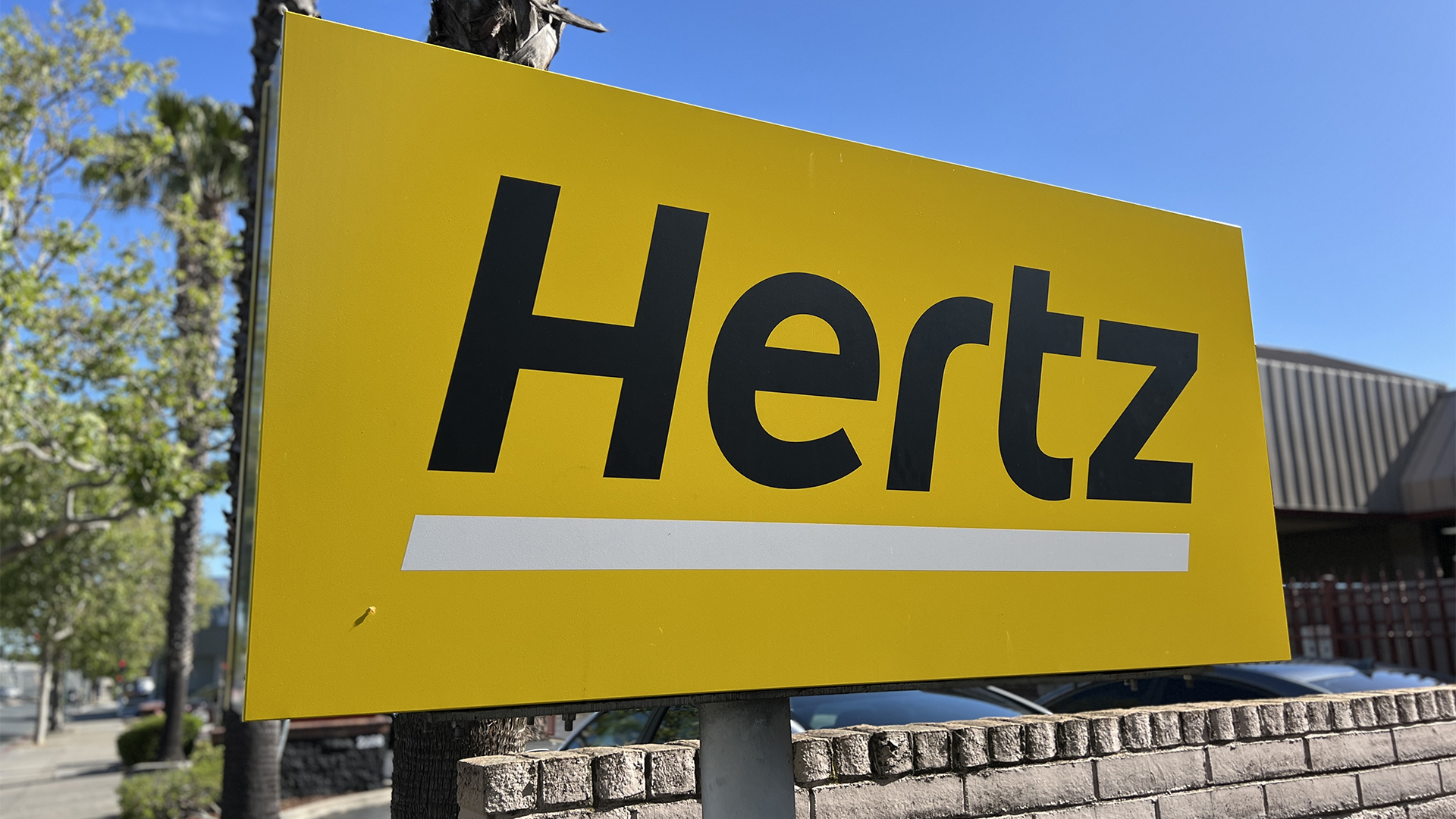 Cleo attack victim list grows as Hertz confirms customer data stolen
Cleo attack victim list grows as Hertz confirms customer data stolenNews Hertz has confirmed it suffered a data breach as a result of the Cleo zero-day vulnerability in late 2024, with the car rental giant warning that customer data was stolen.
By Ross Kelly
-
 Lateral moves in tech: Why leaders should support employee mobility
Lateral moves in tech: Why leaders should support employee mobilityIn-depth Encouraging staff to switch roles can have long-term benefits for skills in the tech sector
By Keri Allan
-
 Accelerating business modernization
Accelerating business modernizationModernizing your infrastructure with the right servers can accelerate business transformation, enhance security, and future-proof your organization for tomorrow’s challenges
By Rene Millman
-
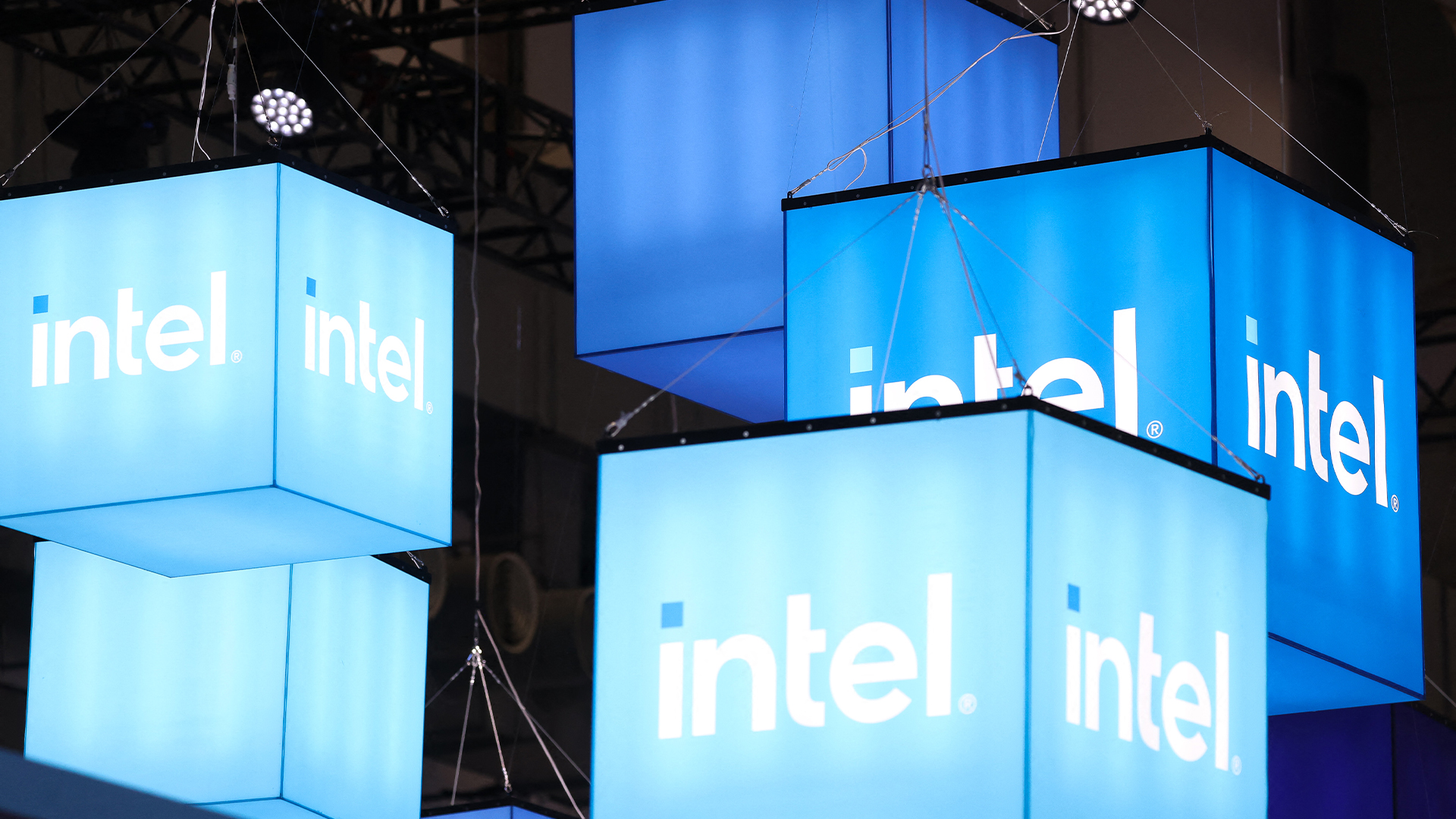 Intel layoffs to hit 15,000 roles as falling revenue and poor returns on AI bite
Intel layoffs to hit 15,000 roles as falling revenue and poor returns on AI biteNews CEO Pat Gelsinger announced news of the Intel layoffs following a recent earnings call
By George Fitzmaurice
-
 Sustainable business starts with sustainable IT infrastructure
Sustainable business starts with sustainable IT infrastructureWhitepaper Reduce energy consumption without sacrificing performance with Intel and CDW
By ITPro
-
 Winning the data-centric digital business in this decade
Winning the data-centric digital business in this decadeWhitepaper Discover more about Dell’s adaptive, secure, and resilient portfolio for the digital business and win in this data-centric era
By ITPro
-
 Intel and Dell secure deal to build a digital twin of a UK fusion power plant
Intel and Dell secure deal to build a digital twin of a UK fusion power plantNews The simulation will be critical for meeting the ambitious goal of delivering fusion energy to the UK’s energy network in the 2040s
By Richard Speed
-
 Continuously modernize storage
Continuously modernize storageWhitepaper Modernize data storage to accelerate operations and digital business initiatives
By ITPro
-
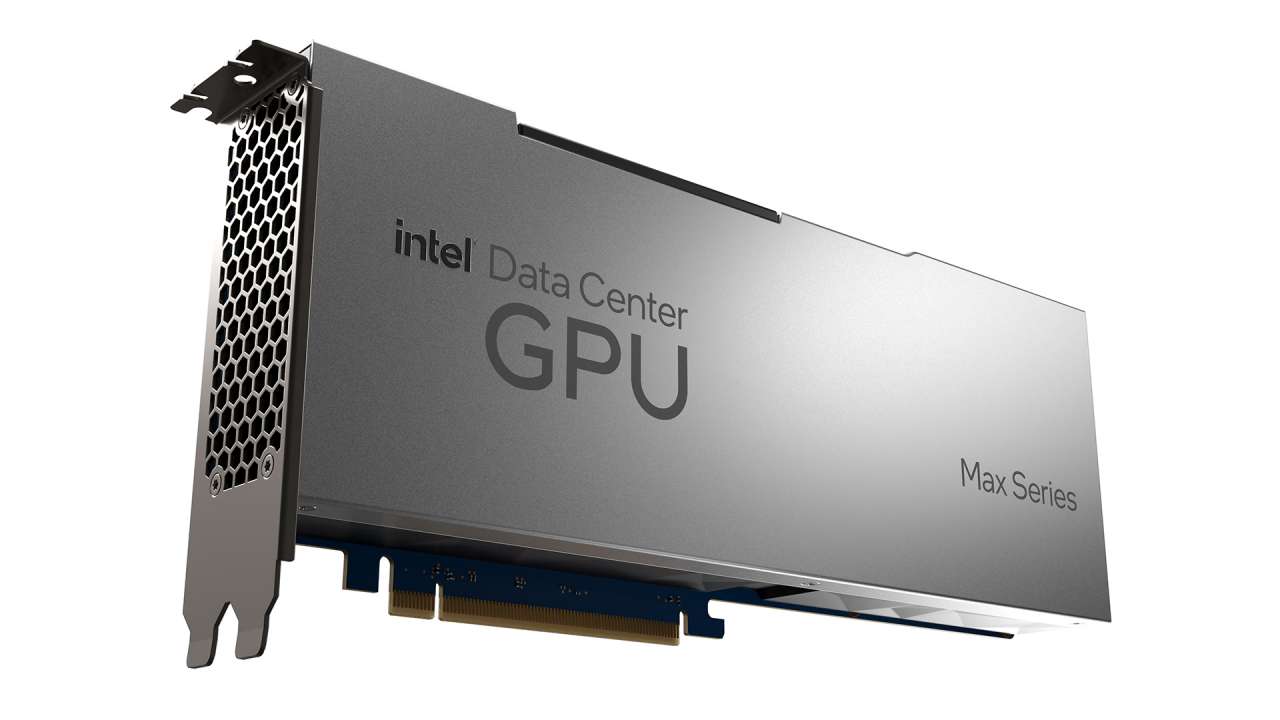 Intel pitches new 4th Gen Xeon chips as its "most sustainable" data centre processors
Intel pitches new 4th Gen Xeon chips as its "most sustainable" data centre processorsNews The chip giant suggested the launch of the 4th Gen Sapphire Rapids processors marks a turnaround in its recent history
By Bobby Hellard
-
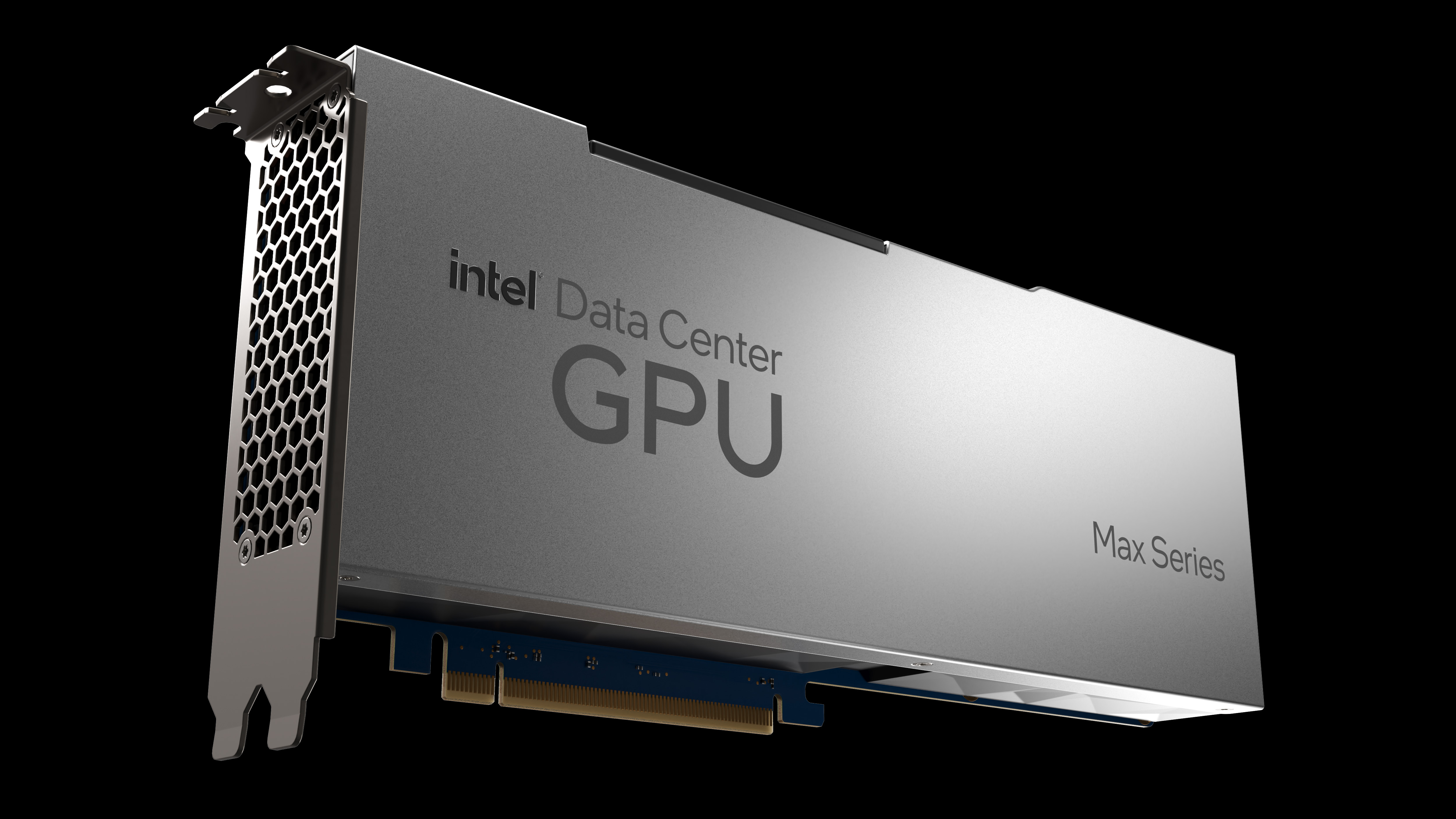 Intel unveils Max Series chip family designed for high performance computing
Intel unveils Max Series chip family designed for high performance computingNews The chip company claims its new CPU offers 4.8x better performance on HPC workloads
By Zach Marzouk